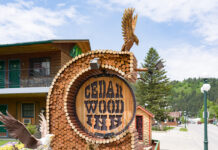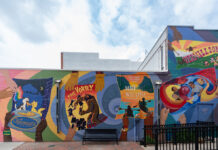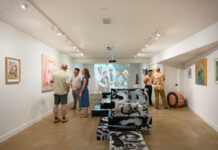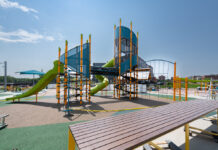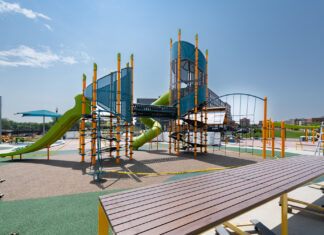Summers are best spent traveling, and with its eclectic collection of galleries, artifacts, and exhibits, the South Dakota Cultural Heritage Center will allow visitors to travel through time. Tucked into a bluff just north of the Capitol in Pierre, the Cultural Heritage Center features the museum of the South Dakota State Historical Society, showcasing the heritage and culture of the state.
“The facility is extraordinary,” gushed Jay Smith, the museum’s director of four and a half years. “I was lucky to find such a remarkable place to come to work.”
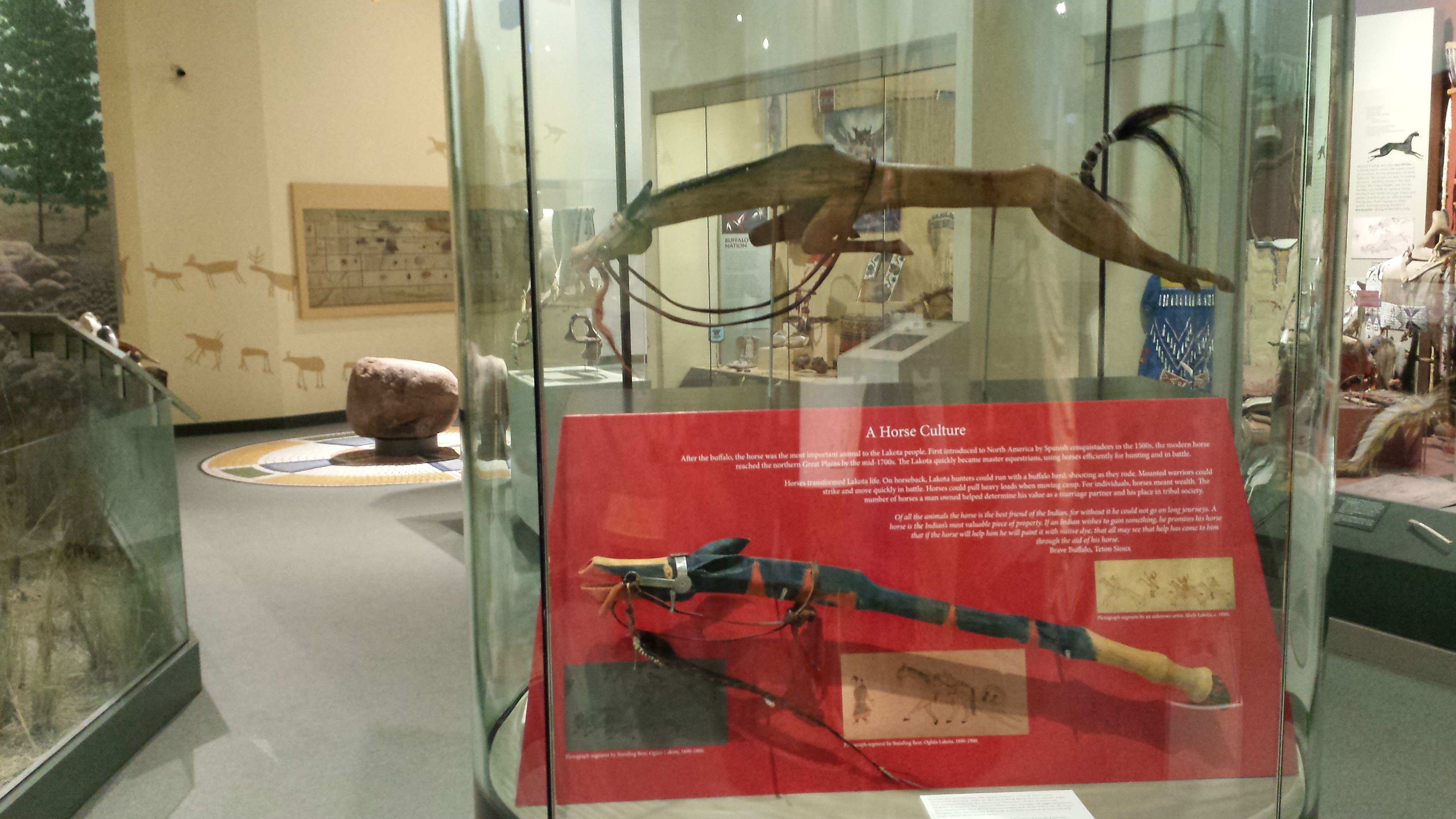
The unique location of the museum isn’t the only thing that makes it extraordinary. In addition to the permanent exhibits ranging from the territorial period to present day, the museum’s temporary displays tell the history of South Dakota in an unprecedented way.
“We’re using our variety of assets to help focus people’s attention and help tell a story.”
“The South Dakota Experience” is the museum’s biggest exhibit, a timeline view of the state starting with the Native American population. Its focus is on the ideas and issues that make up South Dakota, educating on what that was in the past and how those experiences created the life we know today.
“People will be surprised at all of the diversity and culture that exists here and the way that our heritage has developed over time,” said Smith. “It’s an exciting story that not only allows people to look back in time, but also see something of themselves within South Dakota’s history.”

This summer, the museum will be making the most of its unique location in the observation gallery, featuring “Building South Dakota,” opening July 30. The temporary exhibit is a study of the architectural environment from territorial days to the present, unveiling what the early settlers needed to start constructing the region we know as home today. The observation gallery is made up of a series of windows overlooking the campus of the South Dakota state government, Hilger’s Gulch, Fort Pierre, and the Missouri River. The space is limited in its use with the ultraviolet rays coming through the windows, but “Building South Dakota” is making the views part of the show.
“We’re using our variety of assets to help focus people’s attention and help tell a story,” explained Smith.
Without the ability to display artifacts, the space will hold an assortment of images to advance the story of the evolution of the state, naturally showcasing the present day through the magnificent views from the gallery windows.
Included in the museum’s summer showcase is one of its most valuable pieces, The Great Sioux Horse Effigy. Defined as a representation of a specific person in the form of a sculpture, there is great evidence that this effigy was made by Chief No Two Horns of the Hunkpapa Sioux . It acts as the logo of the organization and has been on international tours, traveling as far as Paris, France. The museum has the ability to borrow as a Smithsonian Affiliate, and for a limited time, it has put together a collection that will make your summer stop priceless. Chief No Two Horns (a cousin of Sitting Bull) has been known to have made additional effigies, and for the very first time, three of them are on display together.
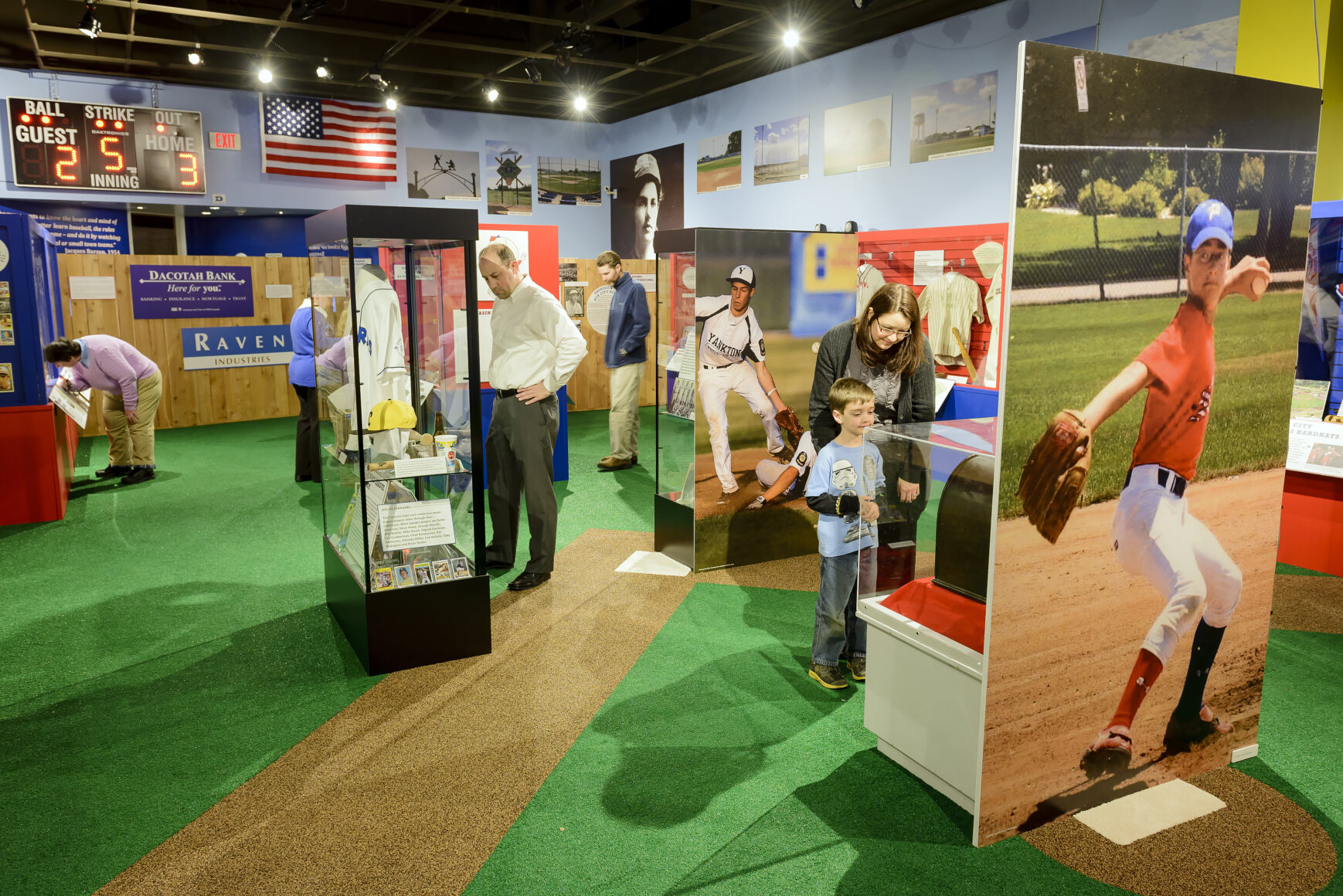
“This is incredibly special. We’ve had scholars from all over the nation come just to view these,” said Smith. “It’s quite something to see the three of them together. I hope people realize the value in this and take advantage of the fact that they can see it right in South Dakota.”
Baseball fans have a reason to make a stop this summer, as well, with the exhibit “Play Ball, The National Pastime in South Dakota.” With the ability to try on old equipment and interact with history through modern day technology, the exhibit well represents the museum’s efforts to include hands-on elements in its displays. There are a variety of programs considered “make and takes” throughout the year, offering opportunities for families to create some sort of craft to take home with them. The day after Thanksgiving is one of the busiest, with the holiday open house bringing in over 800 people to see the space adorned in festive décor.
With the museum’s rich history and extraordinary collections, it’s easy to understand why Smith enjoys going to work. “I love when families come in, see something in our exhibits, and start talking to each other. It’s amazing to overhear some of the great conversations in our gallery space.”
He reflects on the importance of the museum, stating, “I think understanding how we got here today helps ground people in their history. We move around so much as a culture, knowing of our history helps remind us of the reasons we need to care about the place where we live. That’s the purpose in everything we do here.”
For more info, visit history.sd.gov visit or call (605) 773-3458.




